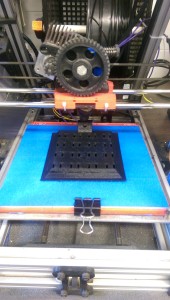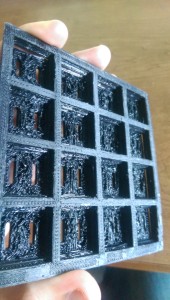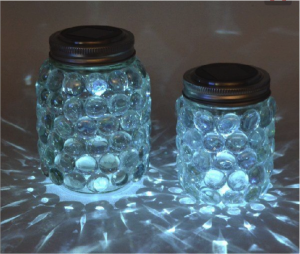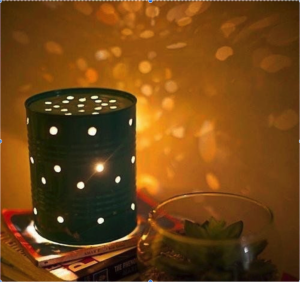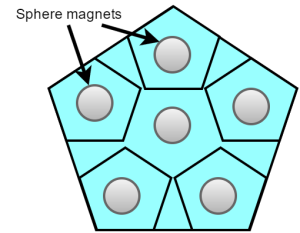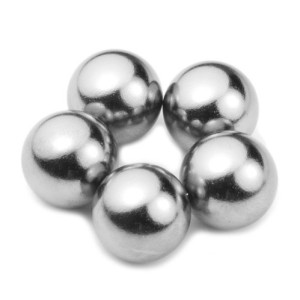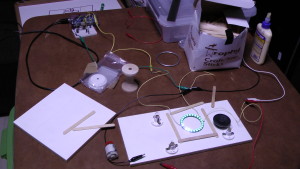In the past week, I have fabricated and designed a few parts of the project. Above the 24 RGB LED ring will be 24 acrylic rods. Each rod will extend upwards from an LED. The rods will be held in place by 2 discs each with 24 rod holes and 24 pin holes.
I used Autodesk Inventor to design the discs and then 3D printed them. Below are images of the design on the computer and the discs during and after printing:
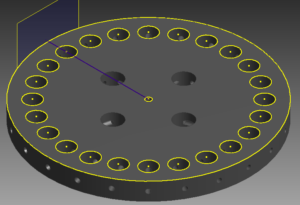
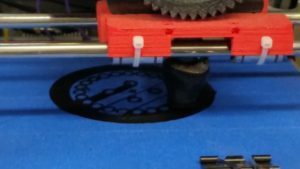
![]()
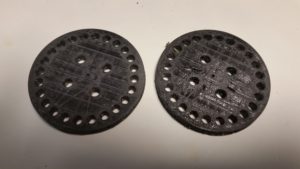
![]() In addition to the discs, I started designing a way to produce interesting lighting effects on the LED ring. I thought of a mathematical software model where each LED is backed with a block that can send information to and receive information from the adjacent LED blocks. Each block will have an internal state that is converted to LED output and all 24 blocks will update periodically. I believe that because this a very general technique rather than a list of preprogrammed explicit patterns, it will produce interesting and unexpected lighting effects.
In addition to the discs, I started designing a way to produce interesting lighting effects on the LED ring. I thought of a mathematical software model where each LED is backed with a block that can send information to and receive information from the adjacent LED blocks. Each block will have an internal state that is converted to LED output and all 24 blocks will update periodically. I believe that because this a very general technique rather than a list of preprogrammed explicit patterns, it will produce interesting and unexpected lighting effects.


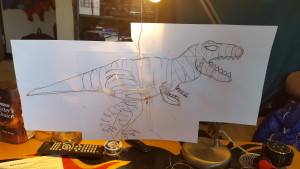

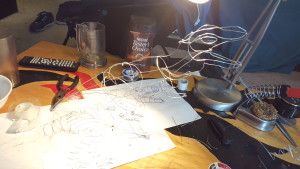
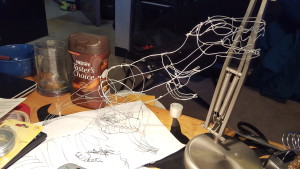
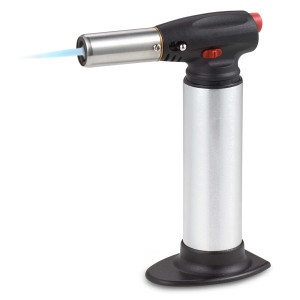
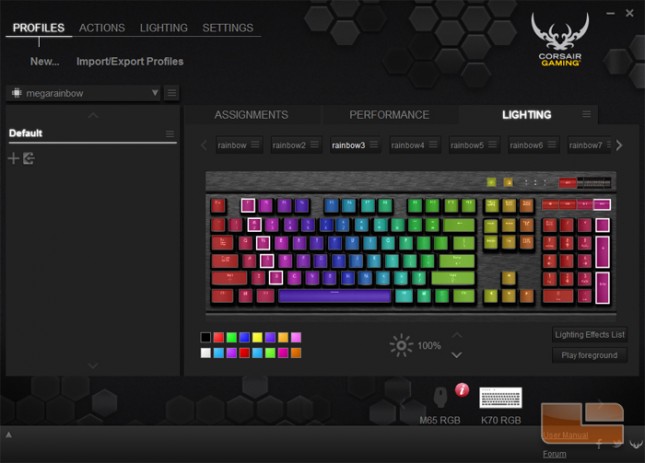
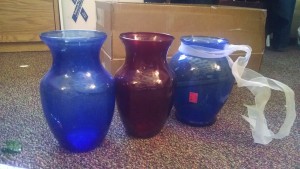

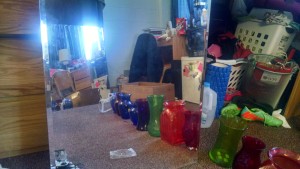
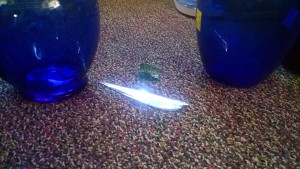
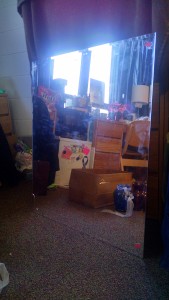
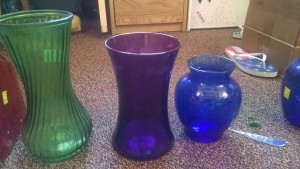
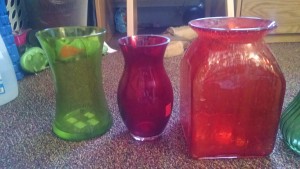
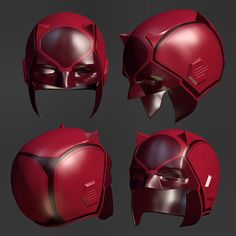
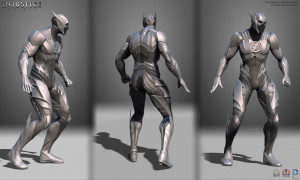



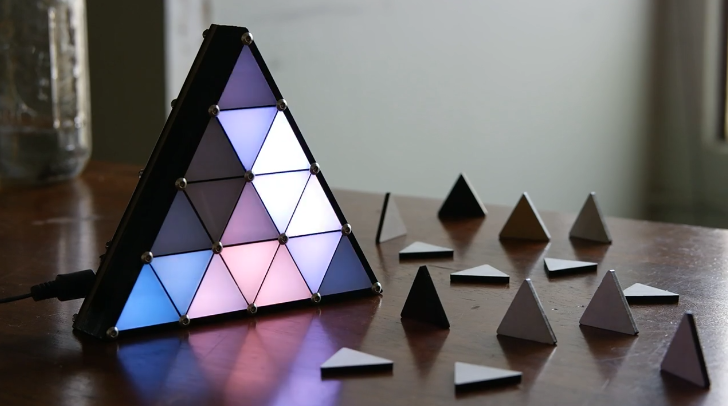
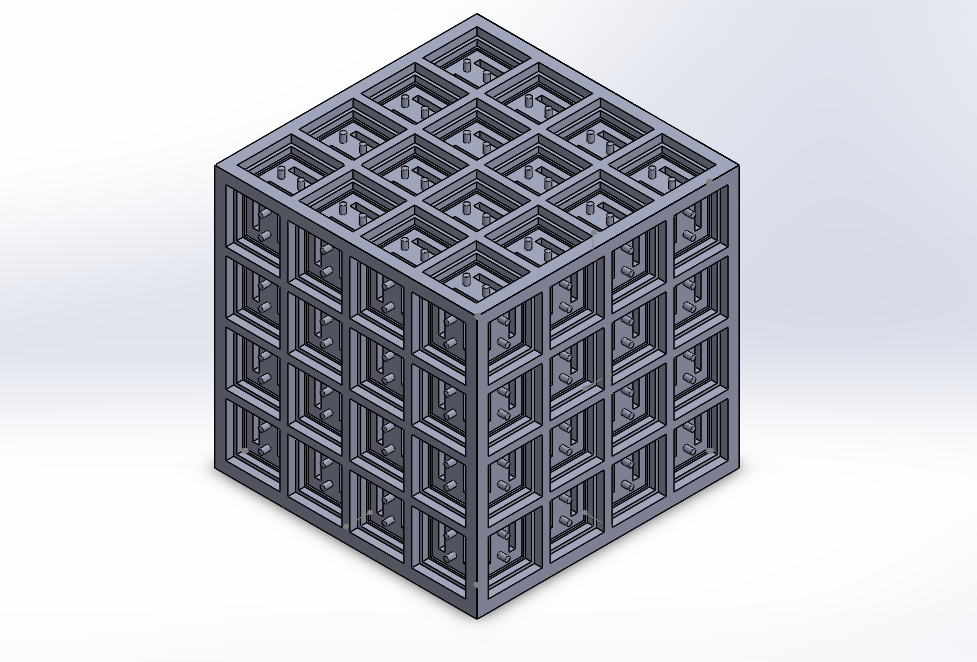 I have modeled a rough draft of the structure for the cube.
I have modeled a rough draft of the structure for the cube.